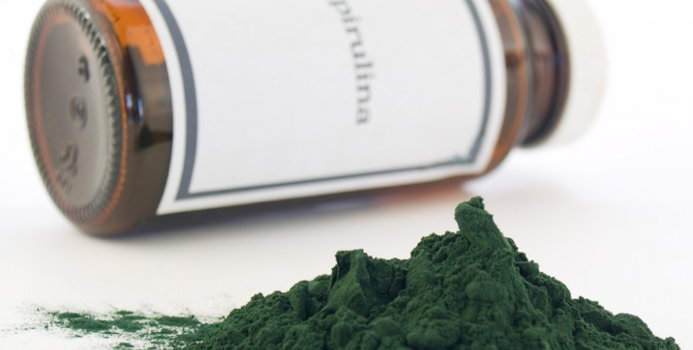Many people are constantly searching for the next magic bullet to stave off illness. One such claim is the supplement blue-green algae. Microscopic plants relied upon by lake and pond life make up the source for blue-green algae. Made up mostly of seaweed-like algae and bacteria, these plants are harvested and used for human consumption.
Types of Blue-Green Algae
There are two types of blue-green algae. There is Spirulina which is found in lakes and ponds throughout the globe, and there is Aphanizomenon flos-aquae also known as AFA, found primarily in Upper Klamath Lake in Southern Oregon. Both of these sources are packaged in capsule, powder or pill form by freeze drying the algae for transport, preparation and distribution. The most popular blue-algae distributor is the company Cell Tech.
What Is In It?
Blue-Green Algae is similar to green land plants ,containing vitamins and minerals such as vitamin-C and beta-carotene plus protein and chlorophyll. The problem is that these ingredients are not in enough abundance in the algae to make a significant impact unless it is ingested in large amounts. Therefore, blue-green algae is not high on the nutritional scale especially when you can obtain more nutrients for less money from other plant life sources such as spinach, kale and broccoli.
Benefits
Many beneficial claims have been attributed to consuming blue-green algae including using it as a weight loss aid, helping enhance the immune system, easing anxiety and asthma, as well as preventing hypertension, cancer and fatigue. These claims have never been officially substantiated by a double blind laboratory study, and therefore cannot be scientifically approved. Fortunately, many other alternative supplements are on the list of scientific skepticism and have been working for many people across the globe for centuries. The scientific stamp does not always prove positive results. Look at many Western medicines that have caused more harm than good even after a team of unbiased scientists deemed them safe for human consumption. That said, blue-green algae seems to be helping many folks on their quest to optimal health, especially when topically applied.
The algae has been infused into several successful skin creams that users swear by. This brings into play the common assumption of pychosomatic healing also known as the placebo or sugar pill effect. If the mind is convinced that what the body is ingesting is beneficial, many humans will react positively; therefore, blue-green algae just may work for you.
Potential Danger
Harvesting regulations are minimal or completely absent from obtaining and producing blue-green algae. Therefore, unless otherwise noted, it can be inundated with harmful toxins, such as heavy metals like mercury as well as microcystins which are compounds that have been attributed to blood disease and tumor growth. This is especially disconcerting when consumers decide to give the algae to their children. Organizations such as the FDA and Canada's Health Canada have been concerned about the potential risks of blue-green algae, citing consumer warnings and legal action. It should be noted, however, that spirulina seems to be the safer choice of the two algae.



